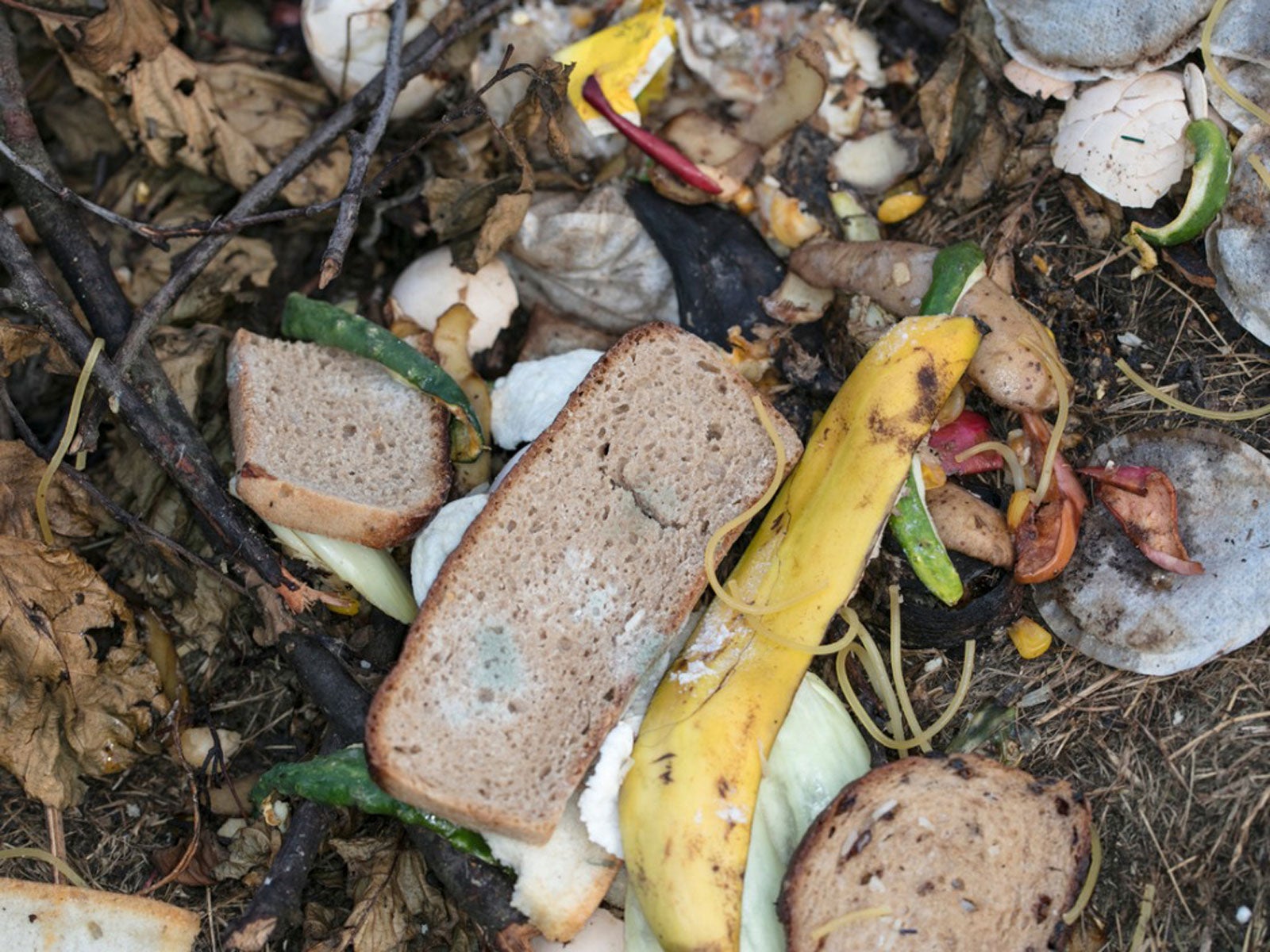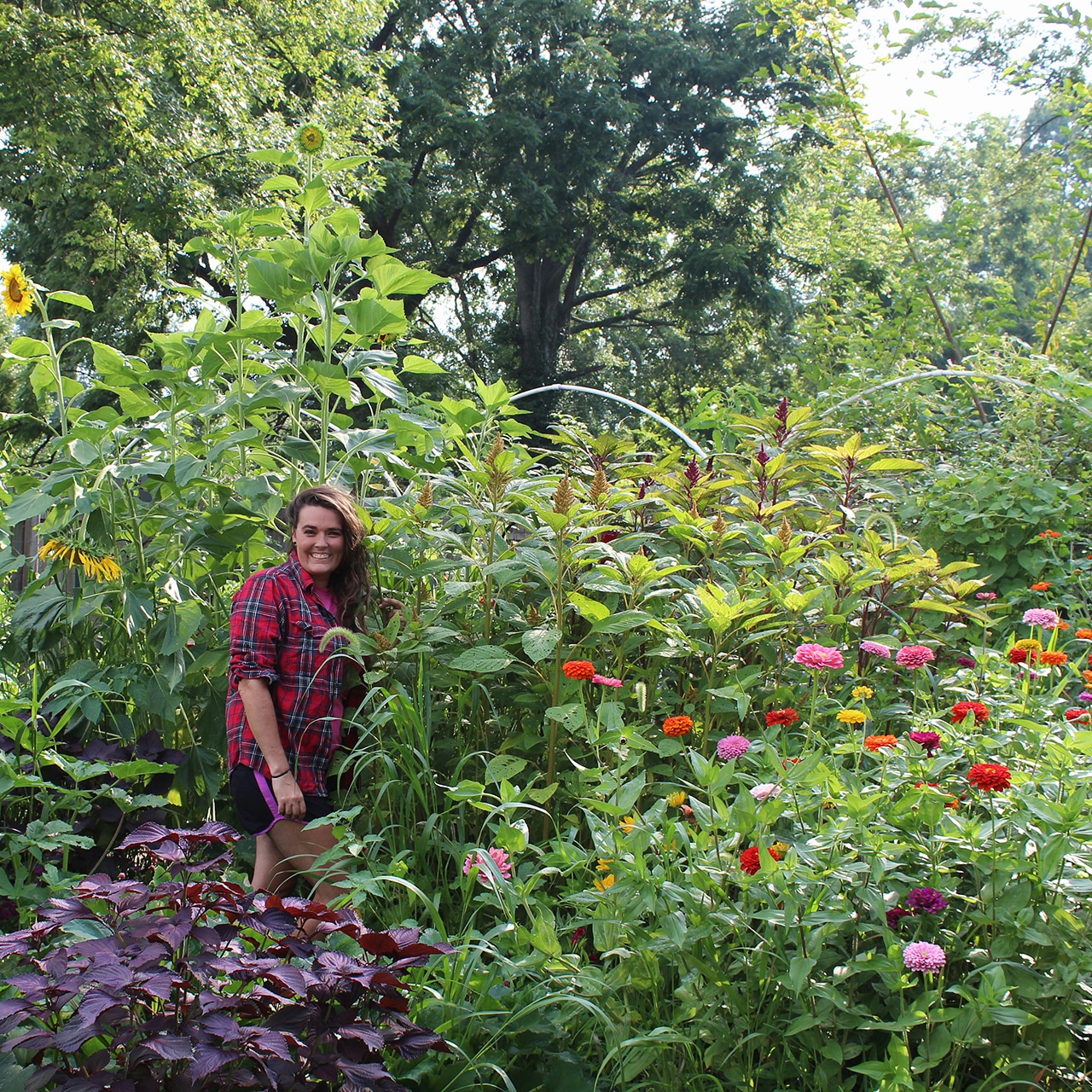Can Bread Be Composted: Tips For Composting Bread


Compost consists of organic matter that has been decomposed. Finished compost is an extremely valuable asset for gardeners, as it can be used to enhance soil. Though compost can be purchased, many gardeners choose to make their own compost piles. In doing so, some knowledge will be required in order to distinguish between what items can and cannot be composted. This is especially important when conflicting information arises. The question, “Can I compost bread?” is one such example.
Can Bread Be Composted?
Among many compost enthusiasts, whether or not to compost stale bread is a topic of debate. While those against it will insist that adding bread to compost will needlessly attract pests to your pile, other composters disagree. Choosing whether or not to compost stale bread will require research and consideration to each grower’s unique compost preferences.
Adding Bread to Compost
When adding bread to compost, there will be some considerations in order to obtain the best result. Those composting bread will need to pay special attention to the product ingredients to ensure that it does not contain anything that should not be composted, such as dairy. While fresh bread can be added to the compost, it is best added after it has gone stale and started to mold.
To begin the composting process, break the bread into small pieces. These pieces can be mixed with any other vegetable scraps going into the compost pile or added individually. Scraps should be added to the center of the compost pile and then covered completely. This should help discourage the presence of rodents and decrease the likelihood of a “smelly” compost pile. Those using closed or tumbler compost containers will clearly have the advantage in making certain to avoid unwanted animals in the compost pile.
Opinions differ regarding whether or not bread scraps should be considered a “green” or “brown” addition to the compost pile. However, most agree that its high nitrogen content means that it should be considered a green material. This is important since compost piles should only consist of roughly one third green materials.
Sign up for the Gardening Know How newsletter today and receive a free copy of our e-book "How to Grow Delicious Tomatoes".

Tonya Barnett has been gardening for 13 years. Flowers are her passion. She has transformed her backyard into a cut flower garden, which she regularly chronicles on her YouTube channel http://www.youtube.com/@tonyawiththeflowers.